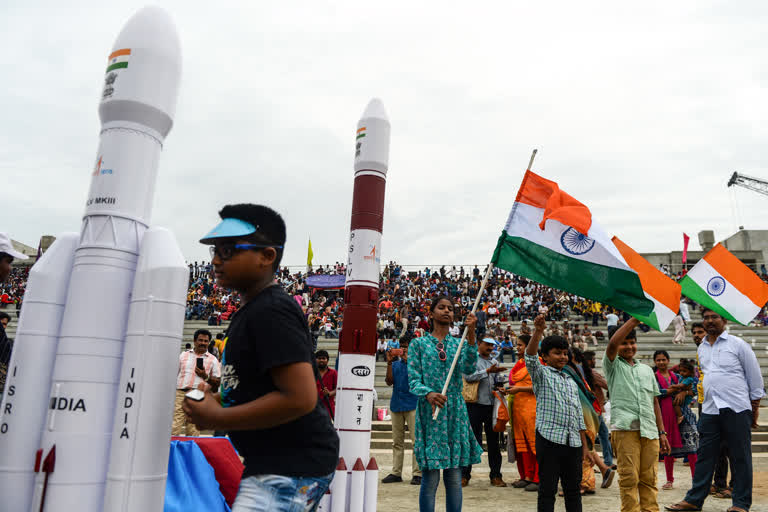The Union Government’s decision to allow greater and independent role for the private sector in space is a long awaited and welcome move indeed.
The policy, which intends to facilitate private players to build satellites, their own launch pad and jointly develop space technologies will give the expected fillip to the Indian Space Research Organisation’s (ISRO) and India’s long term space ambitions.
The policy has been in the works and flows well with the trajectory of growth that the 50 year old Indian Space programme has been following with the mission of harnessing technologies for the welfare of the common man.
The expert committee headed by former chief of BrahMos (India-Russian jV), Sivathanu Pillai had a couple of years ago recommended select entry into launch vehicles, satellite building etc.
The ISRO, which pilots the country’s space programme has achieved tremendous progress in launching communication and earth observation satellites, building launch vehicles like the PSLV (Polar Satellite Launch Vehicle) and probes for the Moon and Mars.
The impressive strides made by India have also got it a rightful place in the select nations like the US, Russia, China, France, EU etc to be a space force to reckon with. However, two big challenges confront the Indian Space march in the future—limited funding and global competition arising out of the entry of big players like SpaceX and Blue Origin.
In this background, the entry of private players, investments and the technical expertise they can bring in could come in handy for the country to withstand and grow as a space power. This will also open up new opportunities for investments, jobs and entrepreneurship for the young.
By unlocking the sector, the Union Government has now opened up opportunities for private companies to independently build satellites and use launch pad facilities at the Satish Dhawan Space Port in SHAR, Sriharikota.
The recent moves will particularly enthuse dozens of startups’ and scores of small & medium enterprises, which have come up in the past decade riding on a spirit of adventure and global business opportunities. It can also attract the large conglomerates like the Ambani’s, Adanis, Tata’s or high net worth industrialists etc in a big way.
Read More:Who is afraid of profit in education?
The likelihood of the new policy gaining traction is high as unlike other departments of the Government like defence (DRDO), CSIR, DBT, ICAR, the ISRO has enjoyed a ‘healthy & trusted’ partnership with private sector and academia in many projects right from the initial stages.
About 500 industries ranging from big one’s like Godrej, L&T, Walchandnagar, Ananth Technologies etc., to public sector units like the BEL, MIDHANI, ECIL etc and small and medium enterprises have contributed in making components, systems and important technologies over the past few decades.
Over 90 per cent of the launch vehicle cost is accounted for by indigenised technology and materials. Therefore, the Polar Satellite Launch Vehicle (PSLV) has emerged as the most cost-competitive in the global commercial launch market.
At the same time, the domestic industry has also matured.
Though the elements of the Policy are emerging, it’s clear that the govts intention is to see an expanding space for the private sector. as a major partner.
The New Space India Limited (NSIL), which is designed to have a PSU structure, under the DoS is expected to push the commercial activities and better utilisation of the assets of the ISRO spread across the country.
It’s pertinent to note that through commercial launches, sale of remote sensing data products and satellite based services, the ISRO has been generating revenues.
The ANTRIX Corporation, started in 1992 as the commercial arm has been handling the responsibility. It generated around Rs 1800 crore in 2018-19. Its role needs to be redefined now.
